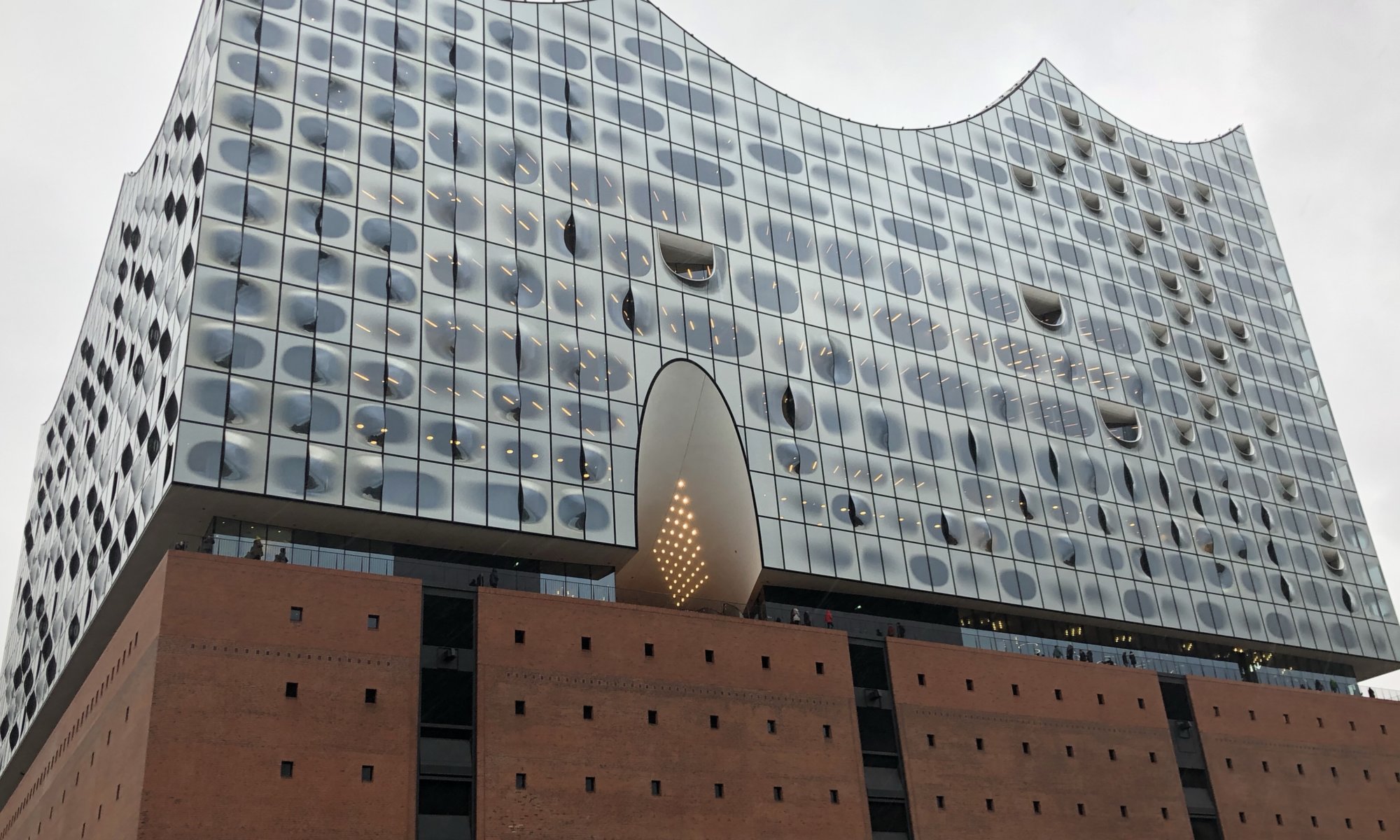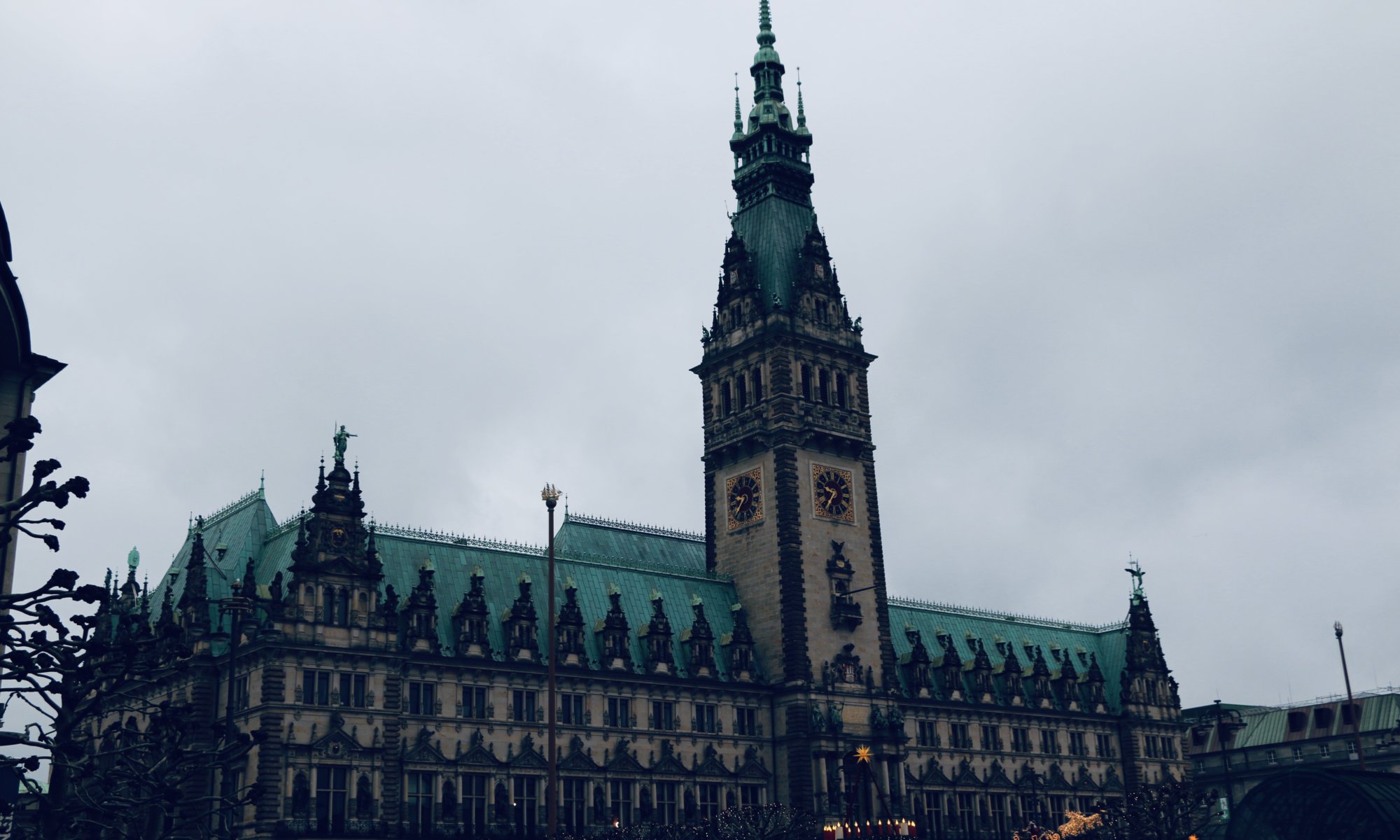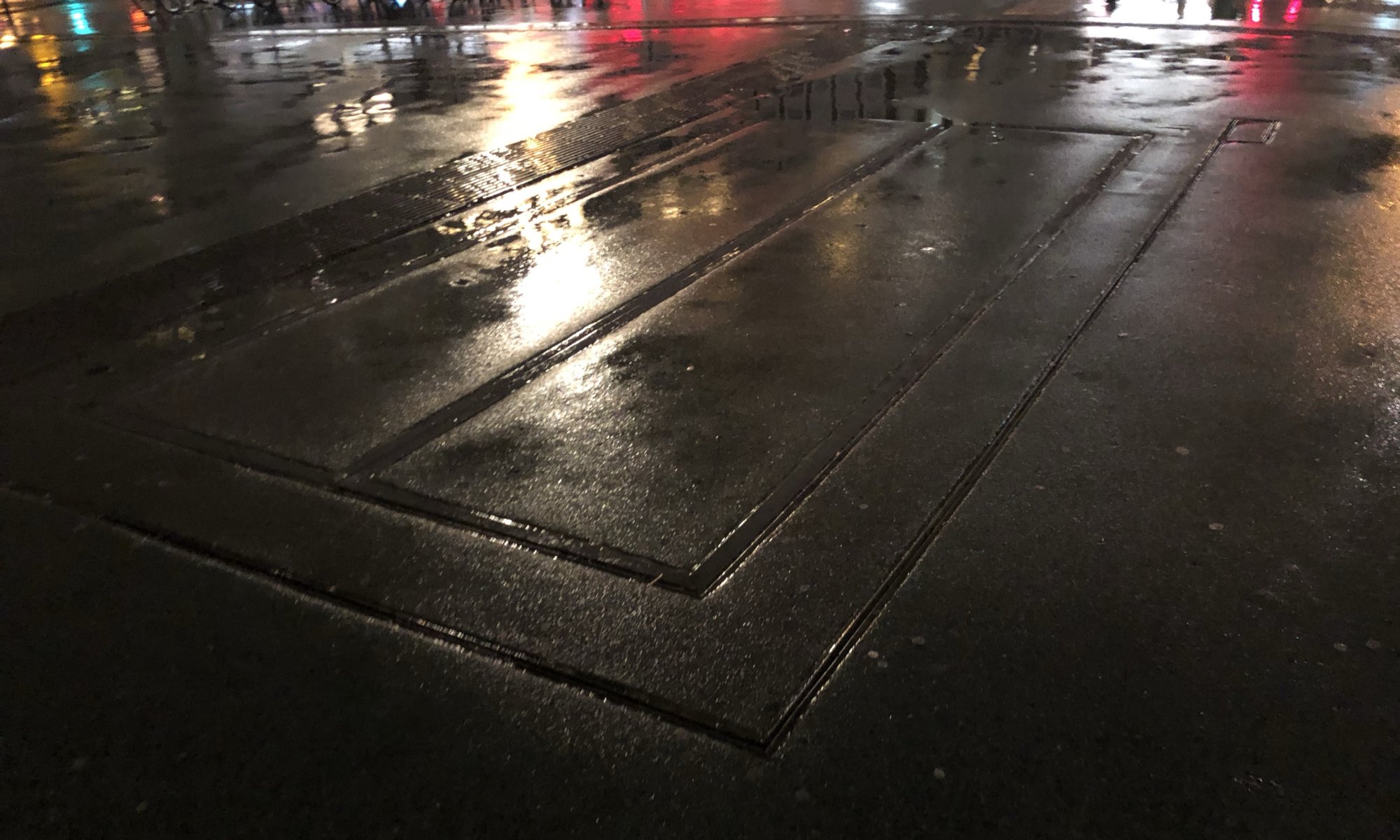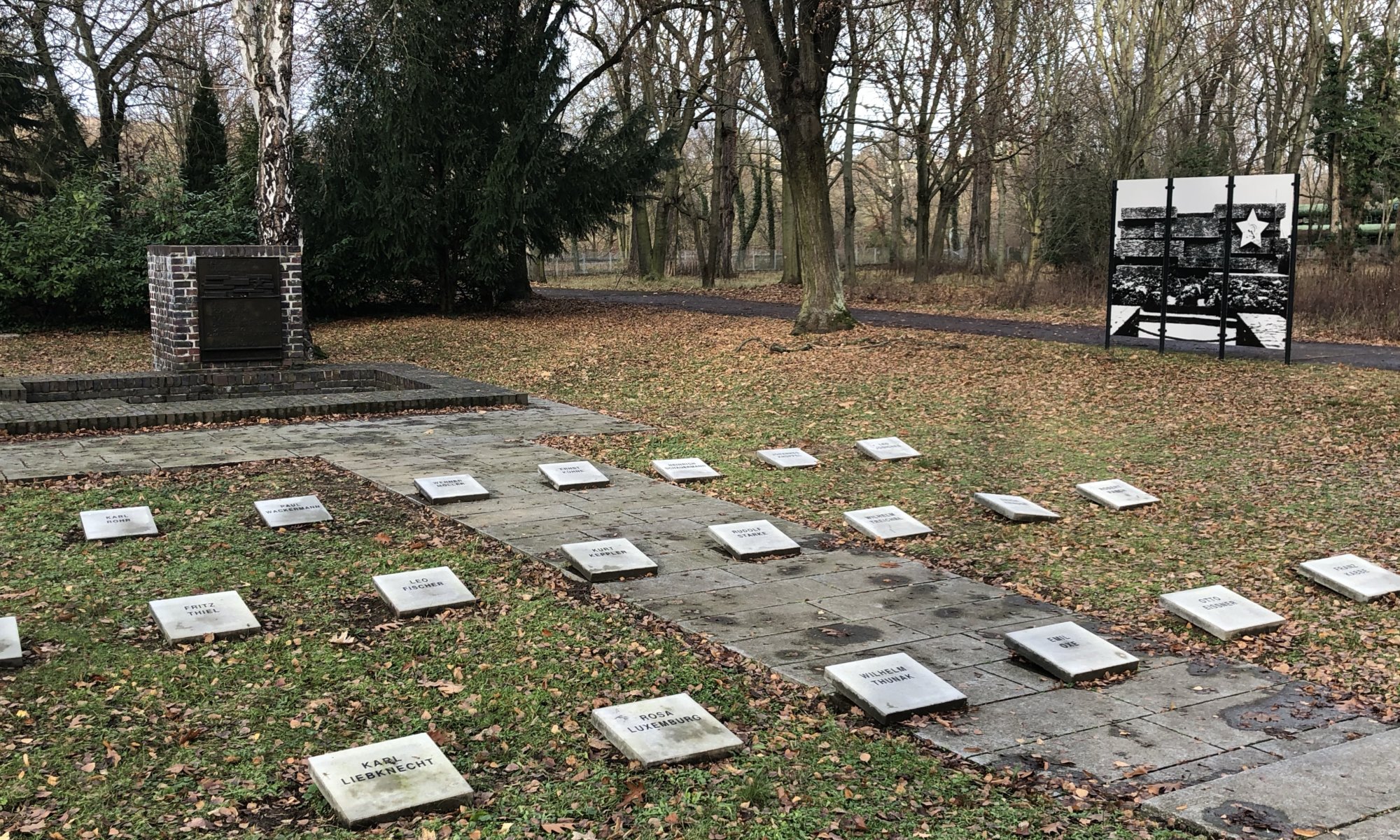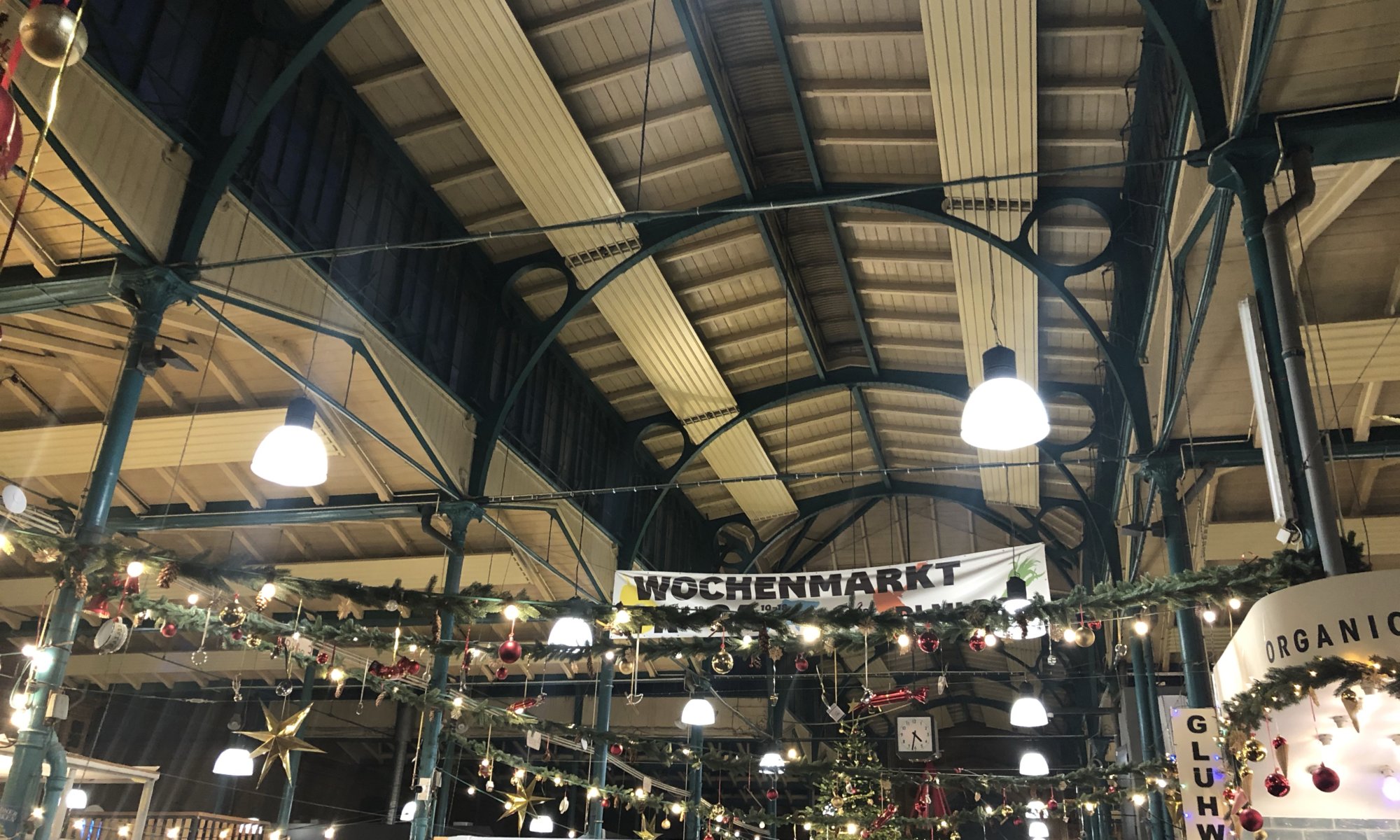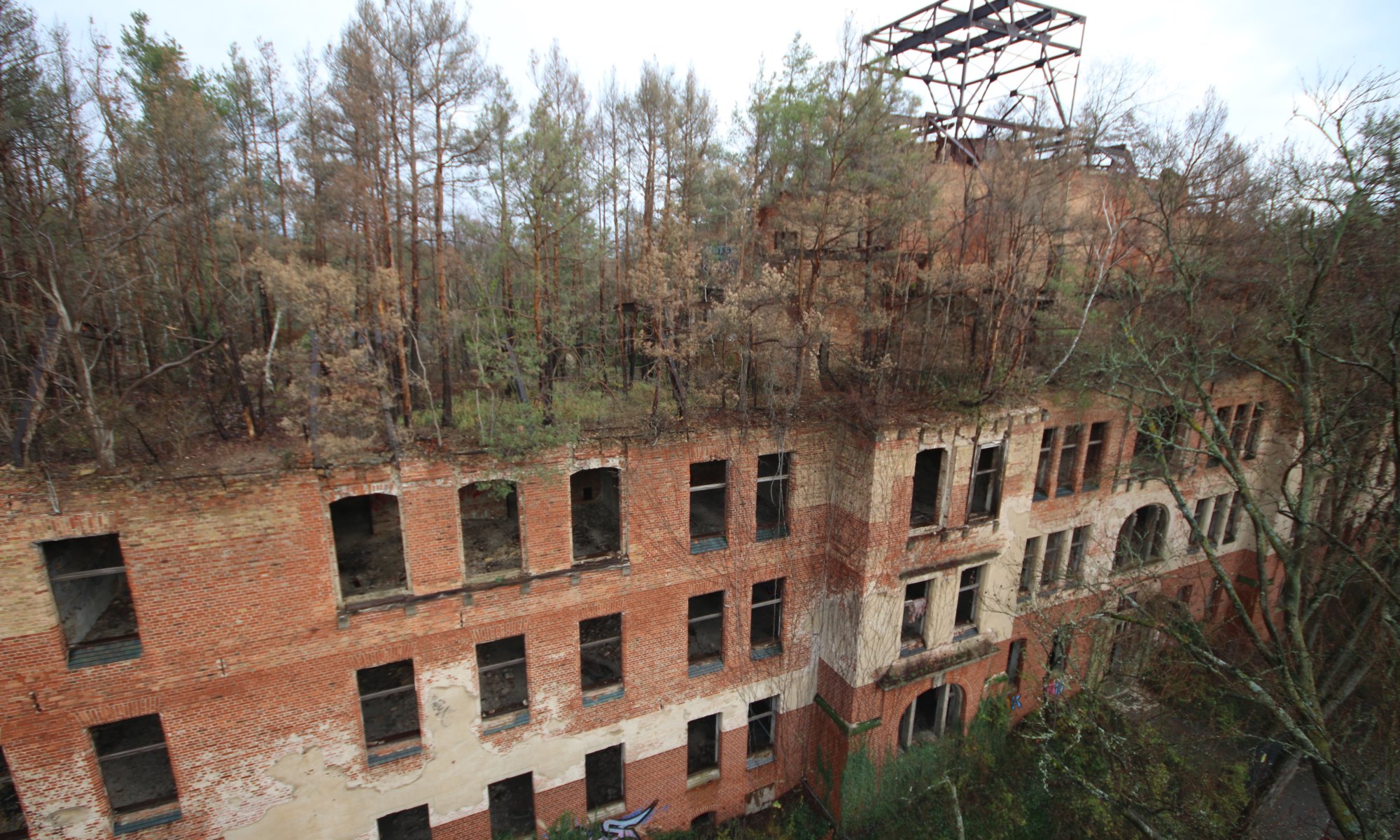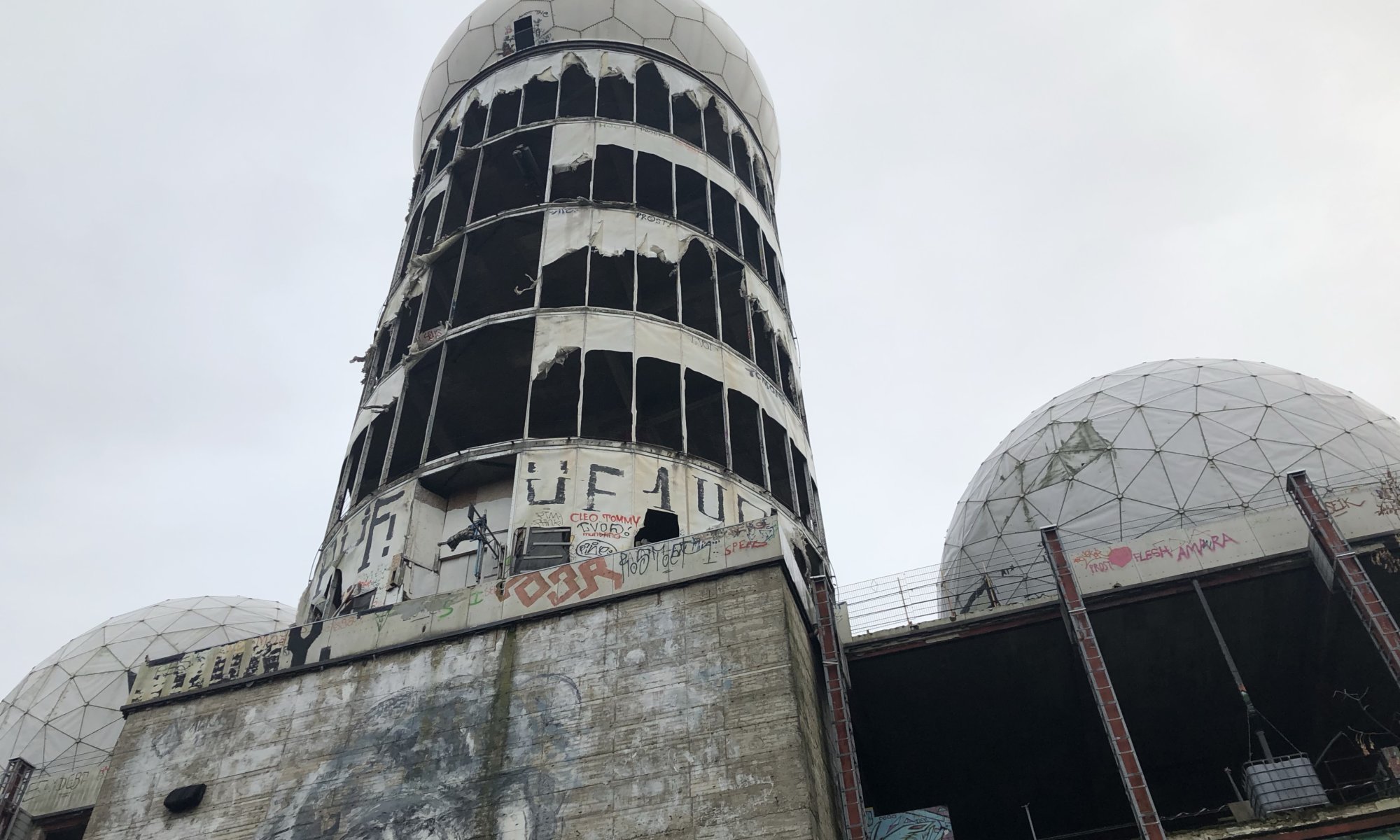The Elbphilharmonie is a giant concert hall at the Speicherstadt of Hamburg, Germany, and the city’s newest gem. It fits well into the location by combining the existing foundations of a former storage building with a new glass front on top. It was inaugurated in 2017 and has already become a new icon of the city. In addition to the concert locations, you can also find restaurants, a hotel and a coffee bar inside the building.
Continue reading “Elbphilharmonie”Rathaus
The town hall of Hamburg, Germany, is an absolute beauty. It is located near the Jungfernstieg and the Binnenalster and shows the extreme richness of the city in the past. It was built between 1886 and 1897 in the Renaissance revival style. The 112 meters high tower is an icon of the city. You can walk around inside and outside the building for a very long time and always discover something new as the building is very rich in decorations.
Continue reading “Rathaus”Atombunker
When you arrive at the main railway station of Kassel, Germany (not to be confused with Kassel-Wilhelmshöhe) and leave the main building you might wonder that there is a large unused space in front of it. The answer is hard to find and located under ground: from 1941 to 1943 the railway company of the Deutsches Reich (the Reichsbahn) invested a lot of money to create an underground air-raid shelter in front of the station. It was supposed to protect travellers that arrive at Kassel during an attack.
Continue reading “Atombunker”Revolutionsdenkmal
The Revolutionsdenkmal is a former memorial for the communist leaders Rosa Luxemburg and Karl Liebknecht which have been killed in 1919. It was located on the Zentralfriedhof Friedrichsfelde, a cemetery at Berlin, Germany. Architect Ludwig Mies van der Rohe designed the wall-like memorial in expressionist style using red bricks. The memorial was opened in 1926 but some parts had to be added later and some planned items were never added.
Continue reading “Revolutionsdenkmal”Gedenkstätte der Sozialisten
In 1951 the German Democratic Republic (DDR) created a memorial for important personalities fighting for socialism on the Zentralfriedhof Friedrichsfelde at Berlin, Germany. The place was chosen as in 1900 one of the founders of the Social Democratic Party, Wilhelm Liebknecht, was buried here. When Rosa Luxemburg and Karl Liebknecht were killed in 1919 they also found their last rest at this place and a memorial was created, that was later destroyed by the Nazis: the Revolutionsdenkmal.
Continue reading “Gedenkstätte der Sozialisten”Markthalle Neun
At the end of the 19th century, 14 market halls were created in Berlin, Germany. One of these is the Markthalle Neun and you can still see the ancient structures of the building. Formerly you could buy all kinds of food at around 300 market stands. Usage declined over time but then a new concept was found: in addition to a low-cost discounter, the market hall now contains many stands for regional, fair-trade and organic food.
Continue reading “Markthalle Neun”Gärten der Welt
A fantastic place for a long walk are the Gärten der Welt (gardens of the world) in Berlin, Germany. They are also a good reason to discover the city quarter Marzahn which hasn’t the best reputation. It is the location for the Internationale Gartenausstellung (IGA) 2017 and on the grounds of a park that has already been created in 1987 different gardens in the styles of other countries have been realized: From England and Italy via China to Japan, Bali and Korea.
Continue reading “Gärten der Welt”Heilstätten
Southwest of Berlin, Germany, you can find the Beelitz-Heilstätten – a giant hospital in the forest. They were built between 1898 and 1930 as a sanitorium for lung diseases. During World War I and II the sanitorium was used for soldiers and after 1945 it became the largest Soviet hospital outside the Soviet Union. Then deterioration began, buildings became ruins and nature conquered this place partially – now trees are growing within the ruins.
Continue reading “Heilstätten”Teufelsberg
The Teufelsberg (devil’s mountain) at Berlin, Germany, is a lost place. Deteriorating and shabby. A place you can explore, where you can learn about espionage and a location full of anarchy that you might experience in Germany only in Berlin. It is the second highest mountain in the city, and it is artificial – created from the wreckage originating from World War II. Located within the British occupation zone, it was first used by the United States of America to control the air space over the divided German capital.
Continue reading “Teufelsberg”Jewish cemetery
The Jewish cemetery at Berlin-Weißensee is the largest one in Europe. It was created in 1880 and contains on 42 hectares more than 115,000 graves. Because of the Jewish burial tradition which causes that graves remain forever, you can see very old graves here and very beautiful ones. The continuous deterioration and nature extending over the graves make this a beautiful place. Another good reason to visit this place are the buildings in Italian Renaissance revival style made with yellow bricks.
Continue reading “Jewish cemetery”
